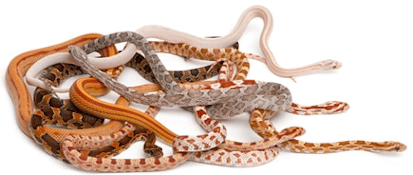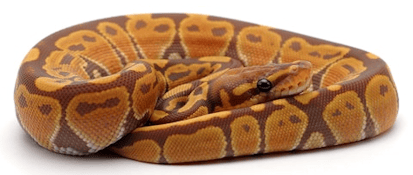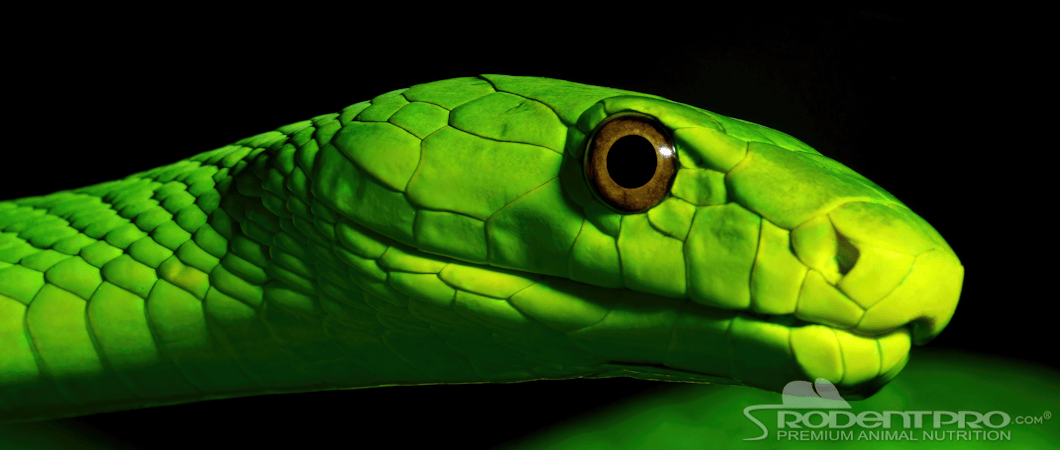
Celebrated each year on July 16th, World Snake Day is a great opportunity to appreciate just how fascinating and important snakes really are. Despite their unique beauty and crucial role in ecosystems, snakes have long been misunderstood and remain among the most feared animals on the planet. Many people are unsettled by the fact that snakes “move without legs”, but their ability to do so is truly a marvel of evolution, not something to be feared.
The Incredible Anatomy of Snakes
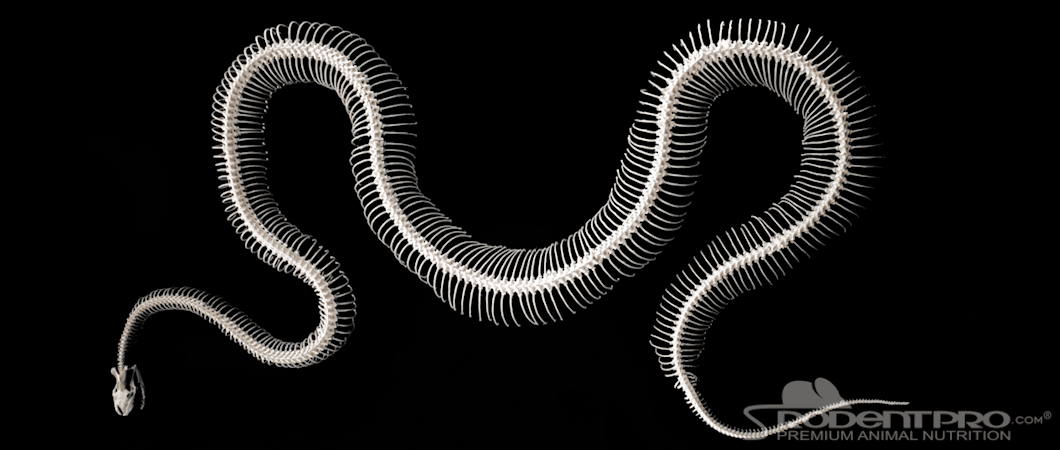
Like all reptiles, snakes are vertebrates. They're not flexible because they lack bones, it's quite the opposite. Snakes have hundreds of bones, with some species boasting up to 300 vertebrae compared to the 33 found in a human spine. Most of these vertebrae are paired with ribs, creating a highly flexible structure that supports an extraordinary range of motion.
How Snakes Move
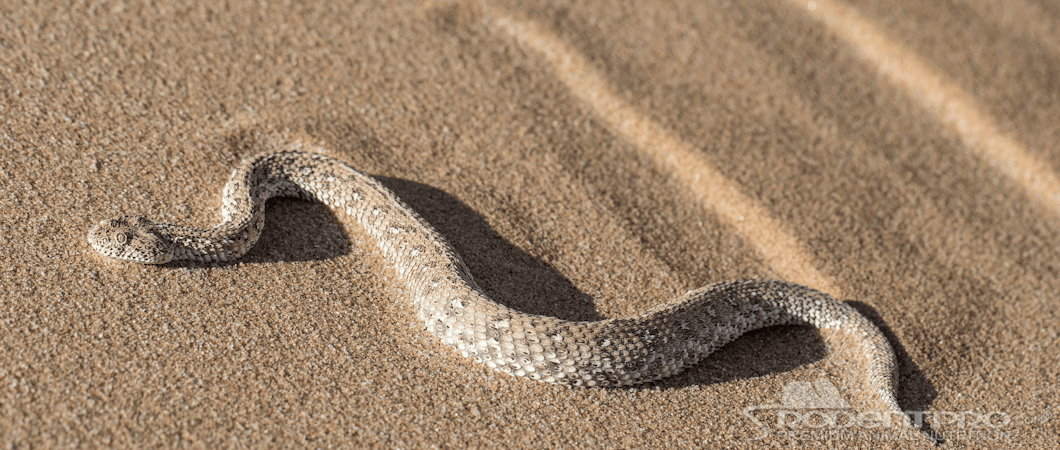
Snakes move in several incredible ways, thanks to their skeletal and muscular design. Unlike mammals, snakes do not have a sternum (breastbone), which allows their ribs to move freely. This mobility aids in different forms of locomotion:
Rectilinear Movement
Used by large-bodied snakes like the Gaboon viper, this method involves muscles shifting the ribs in a wave-like motion, with the help of belly scales called scutes. It’s slow but powerful, perfect for stealth.
Serpentine Movement
The most iconic form of snake movement, involving side-to-side body undulations. By pushing off surfaces like rocks or uneven terrain, snakes like the black mamba can reach speeds up to 12 mph.
Sidewinding
Used by desert-dwellers like the sidewinder rattlesnake, this technique minimizes contact with hot sand. The snake touches the ground at only three points at a time, creating a distinctive pattern and achieving speeds of nearly 18 mph.
Concertina Movement
Especially helpful for climbing and navigating tight spaces, this method involves the snake anchoring part of its body, stretching forward, and then pulling the rest along, much like the movement of a concertina or accordion. Carpet pythons, for instance, use this technique to climb tree trunks with no low branches.
Venom: Defense and Survival
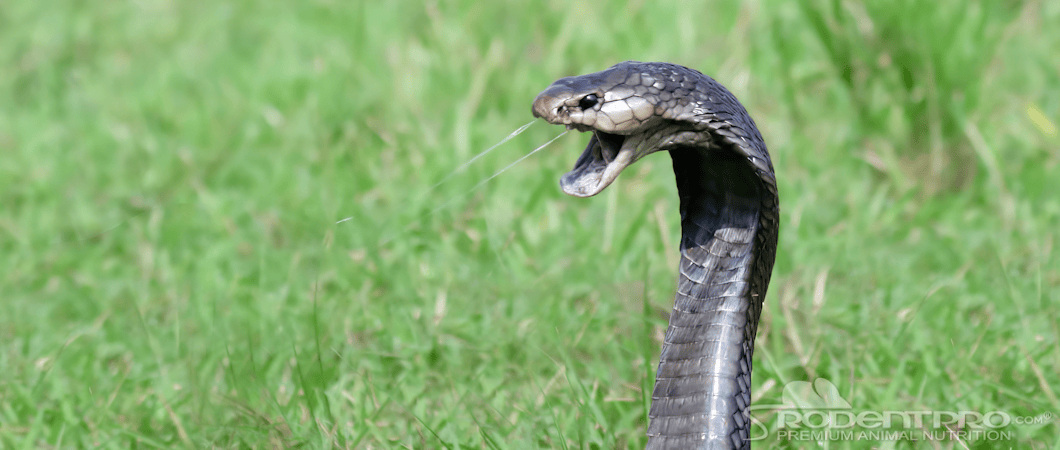
One of the main reasons people fear snakes is their venom. While venomous snakes use their potent bites primarily to hunt prey like mice, it also serves as a powerful defense mechanism. However, only about 600 of the 4,170 known snake species are considered dangerous to humans. Most venomous snakes are shy and prefer to avoid confrontation, only biting when they feel threatened.
Unfortunately, fear and misunderstanding lead many to believe all snakes are dangerous, resulting in unnecessary killings. While caution is wise, education is key to coexistence.
Snakes in the Ecosystem
Snakes are vital to maintaining balance in their ecosystems. As predators, they help control populations of rodents, birds, and even other reptiles. In turn, snakes themselves are prey for animals like hawks, owls, large fish, and mammals. Their unique body structure allows them to hunt in tight spaces and areas where other predators cannot reach.
Different species have evolved to specialize in various types of prey. Some eat rodents and birds, while others, like the king cobra, the world's longest venomous snake, feeds almost exclusively on other snakes. The thirst snake, for example, has adapted to eating snails. However, all snakes share one key trait. They are carnivores that swallow their prey whole. Their backward-curving teeth are specially adapted to grip and guide food smoothly down their throats.
Snakes as Pets
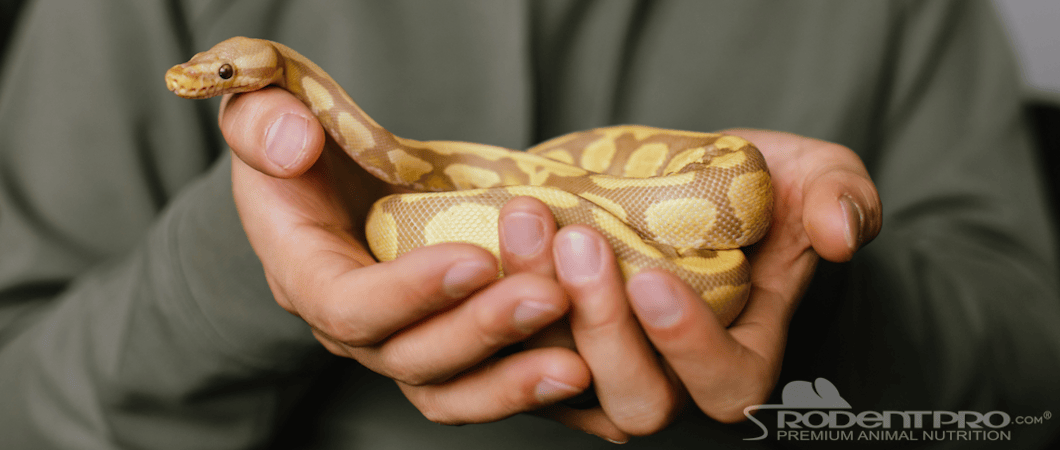
Over recent decades, snakes such as rat snakes, king snakes, and ball pythons have become increasingly popular pets. Unlike mammals, snakes require whole prey to meet their nutritional needs. Since they can't chew or tear, they rely on the complete animal, bones, organs, and all, for proper nourishment.
If you're considering a pet snake, it’s essential to provide high-quality whole-prey feeder items. RodentPro can help by providing the essential nutrition your pet snake needs to grow healthy and strong with a well-rounded diet. We offer a wide range of feeder animals in various sizes, including mice, rats, rabbits, guinea pigs, hamsters, gerbils, chickens, and quail. Just like with any other animal, it’s best to offer your snake a variety of meal options for optimal health.
Celebrate World Snake Day by learning more, respecting these incredible animals, and helping others see that snakes aren’t monsters, they’re marvels of the natural world.
Get Premium Quality Food For Your Reptiles
When it comes to feeding reptiles, you can count on RodenPro.com to provide your pets with only the finest premium quality frozen animal food. We carry a large supply of frozen rodents and other feeders to provide your animals with optimal nutrition.
We look forward to assisting you with premium products and unparalleled service!



